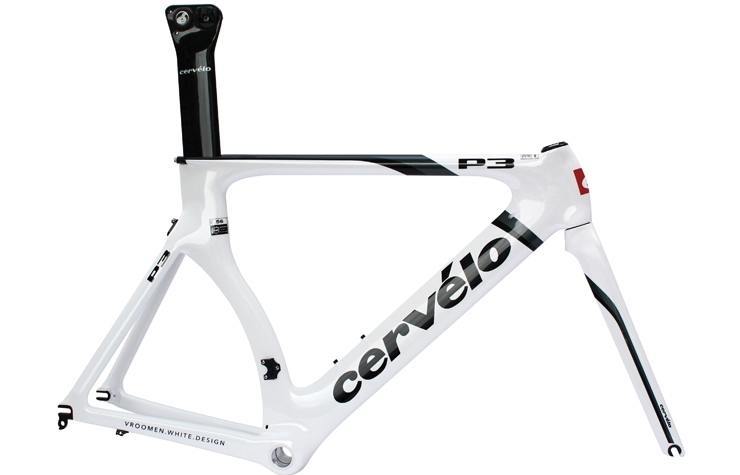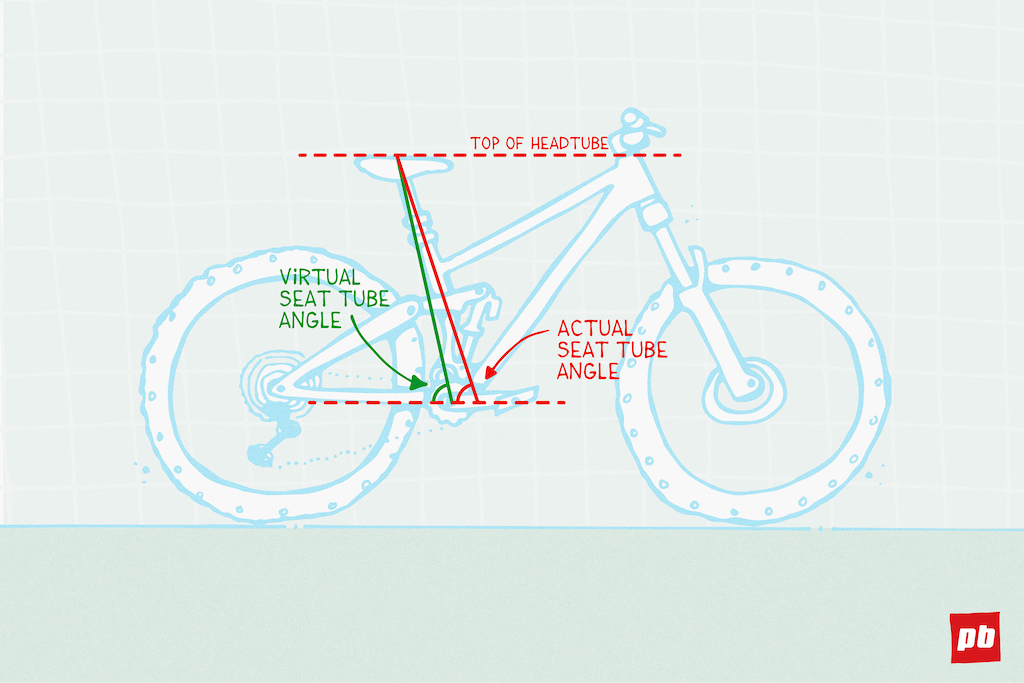


 |
 |
 |
|
#76
|
|||
|
|||
|
With MTBs. I don't understand the real STA being around 66 and the effective STA more like 76 degrees. I'll never ride one, but I'm curious.
|
|
#77
|
|||
|
|||
|
Quote:
http://www.bikegeo.net/ |
|
#78
|
|||
|
|||
|
Quote:
In both cases the "effective seat tube angle" is the angle of the straight line from the top of the seat post to the BB, when the saddle is raised to a traditional height for that size frame.  
|
|
#79
|
|||
|
|||
|
Quote:
You do need basic geometry measurements that are typically available. |
|
#80
|
|||
|
|||
|
I made a spreadsheet to calculate my fit onto new frames about 5-6 years ago.
As long as I get the STA and the stack/reach I can get a real quick indicator. I can't calculate weight distribution and center of gravity or something, that would be really cool to work on actually! But there's a big difference between me having something I use myself and the bike industry making it easy and transparent (and robust) for all shoppers at the point of sale. Most shops still treat this stuff as smoke and mirrors old world magic. |
|
#81
|
|||
|
|||
|
When I retire I'm going to open a pub in rural England named The Stack & Reach.
|
|
#82
|
|||
|
|||
|
Quote:
__________________
chasing waddy |
|
#83
|
|||
|
|||
|
Quote:
Beers on a handelbar the perfect stack and reach of you bikes!
__________________
chasing waddy |
|
#84
|
||||
|
||||
|
Regardless of how they came about, the challenge to debunk myths and help consumer come up with an easy to understand and quickly figure out fit and sizing remains a worthy goal.
__________________
 🏻* 🏻* 
|
|
#85
|
|||
|
|||
|
Regarding the effective STA - I realized that the cervelo R3 frame that I bought when they first came out many years ago had a seat tube that was moved forward and the 73 degrees was not the actual angle, but was supposed to position the saddle like a 73. I rode that bike twice, tore it down and sold the frame. Going down my regular mountain descent it felt unstable. Back to my LOOK and Colnago frames.
The steep effective STA on mountain bikes does seem odd. My knee is typically about 2cm behind KOP. I could duplicate that with my 32mm setback post, but the saddle would be back a long way on it. |
|
#86
|
|||
|
|||
|
Quote:
The upside is that steep climbs, downhill handling, and all cornering are tremendously improved over old-school MTB geometry. The downside is that the tradeoff between pedaling on flatter terrain and overall handling ability (which was formerly skewed drastically toward pedaling) is now skewed in favor of handling. Set up a newer bike with you weight that far aft and you'll understeer through every turn. |
|
#87
|
|||
|
|||
|
I don't understand this yet and maybe you could elaborate. Doesn't a slack HTA plus a short stem both combine to push the front wheel out farther from the person's center of mass, thereby moving front/rear weight distribution to the rear? Which I expect helps on fast descents but not on steep climbs.
Quote:
|
|
#88
|
|||
|
|||
|
Quote:
Quote:
|
|
#89
|
|||
|
|||
|
Quote:
|
|
#90
|
|||
|
|||
|
Quote:
|
 |
|
|